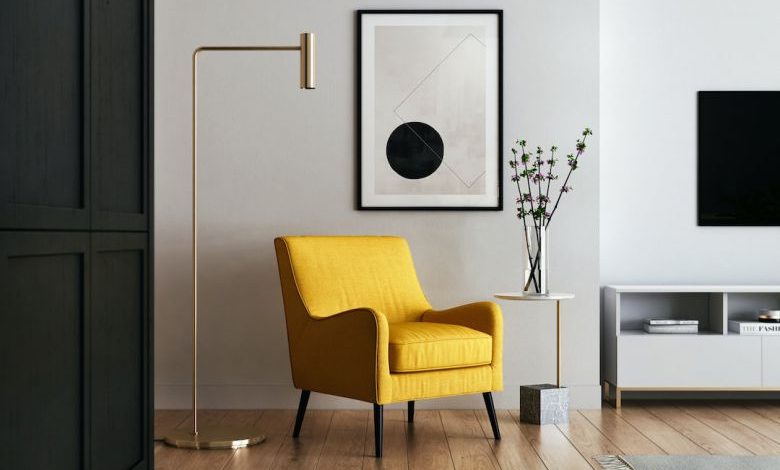How to Design a Home for Senior Citizens?

Designing a home for senior citizens requires careful consideration of their specific needs and requirements. As individuals age, their physical abilities may change, and it is important to create a living space that promotes safety, comfort, and independence. In this article, we will explore some key factors to consider when designing a home for senior citizens.
Creating a Safe Environment
One of the primary concerns when designing a home for senior citizens is ensuring their safety. This involves addressing potential hazards and implementing safety measures throughout the living space. Here are some key areas to focus on:
1. Flooring: Opt for non-slip flooring options, such as tiles with a textured surface or vinyl flooring with a slip-resistant coating. It is important to minimize the risk of falls, which can be a common occurrence among the elderly.
2. Lighting: Adequate lighting is essential to prevent accidents and improve visibility. Install bright lights in all areas of the home, including staircases, hallways, and bathrooms. Consider motion-sensor lighting in key areas to ensure that seniors can easily navigate their surroundings.
3. Handrails and Grab Bars: Installing handrails and grab bars in key areas, such as staircases, bathrooms, and hallways, can provide much-needed support and stability. These features can help seniors maintain their balance and prevent falls.
4. Clear Pathways: Ensure that the home has clear and clutter-free pathways to allow easy movement. Remove any obstacles that could pose a tripping hazard, such as loose rugs or furniture.
Promoting Comfort and Accessibility
In addition to safety, it is important to design a home that promotes comfort and accessibility for senior citizens. Here are some considerations to keep in mind:
1. Single-Level Living: If possible, design the home to be single-level or provide a bedroom and bathroom on the main floor. This eliminates the need for seniors to navigate stairs regularly and promotes ease of movement.
2. Wide Doorways and Hallways: Ensure that doorways and hallways are wide enough to accommodate mobility aids, such as wheelchairs or walkers. This allows seniors to move freely throughout the home without any restrictions.
3. Comfortable Furniture: Choose furniture that is comfortable, supportive, and easy to get in and out of. Opt for chairs and sofas with firm cushions and armrests to aid in sitting and standing.
4. Accessible Bathrooms: Design bathrooms with accessibility in mind. Install walk-in showers with grab bars, adjustable showerheads, and non-slip flooring. Consider installing raised toilet seats and handrails for added convenience.
5. Kitchen Considerations: Make the kitchen user-friendly for senior citizens. Install countertops at a comfortable height, provide ample storage at reachable heights, and ensure that appliances are easy to use and operate.
Incorporating Assistive Technology
Advancements in technology have made it easier to enhance the quality of life for senior citizens. Consider incorporating the following assistive technologies into the home design:
1. Smart Home Systems: Install smart home systems that allow seniors to control various aspects of their home, such as lighting, temperature, and security, through voice commands or mobile applications. This promotes independence and convenience.
2. Emergency Alert Systems: Install emergency alert systems that allow seniors to call for help in case of an emergency. These systems can be worn as a pendant or wristband and are equipped with a button that triggers an immediate response.
3. Home Monitoring Systems: Consider installing home monitoring systems that allow caregivers or family members to remotely monitor the well-being of senior citizens. These systems can include features such as video surveillance, motion sensors, and environmental monitoring.
Conclusion: Designing a Home for Senior Citizens
Designing a home for senior citizens requires a thoughtful and holistic approach. By focusing on safety, comfort, and accessibility, it is possible to create a living space that promotes independence and enhances the quality of life for seniors. Incorporating features such as non-slip flooring, handrails, and assistive technologies can go a long way in ensuring their well-being. By considering their specific needs and requirements, we can design homes that seniors can enjoy and thrive in.




